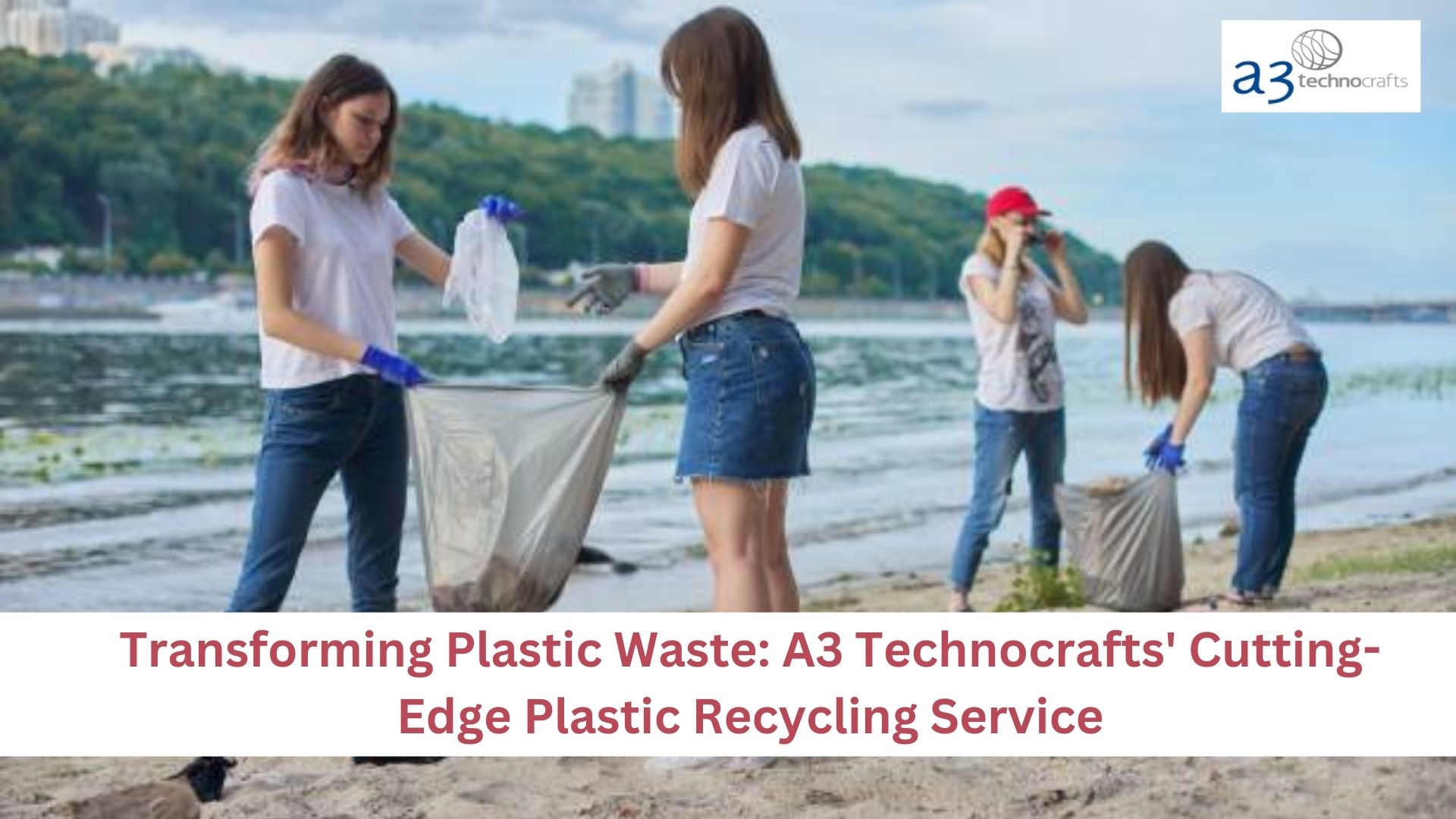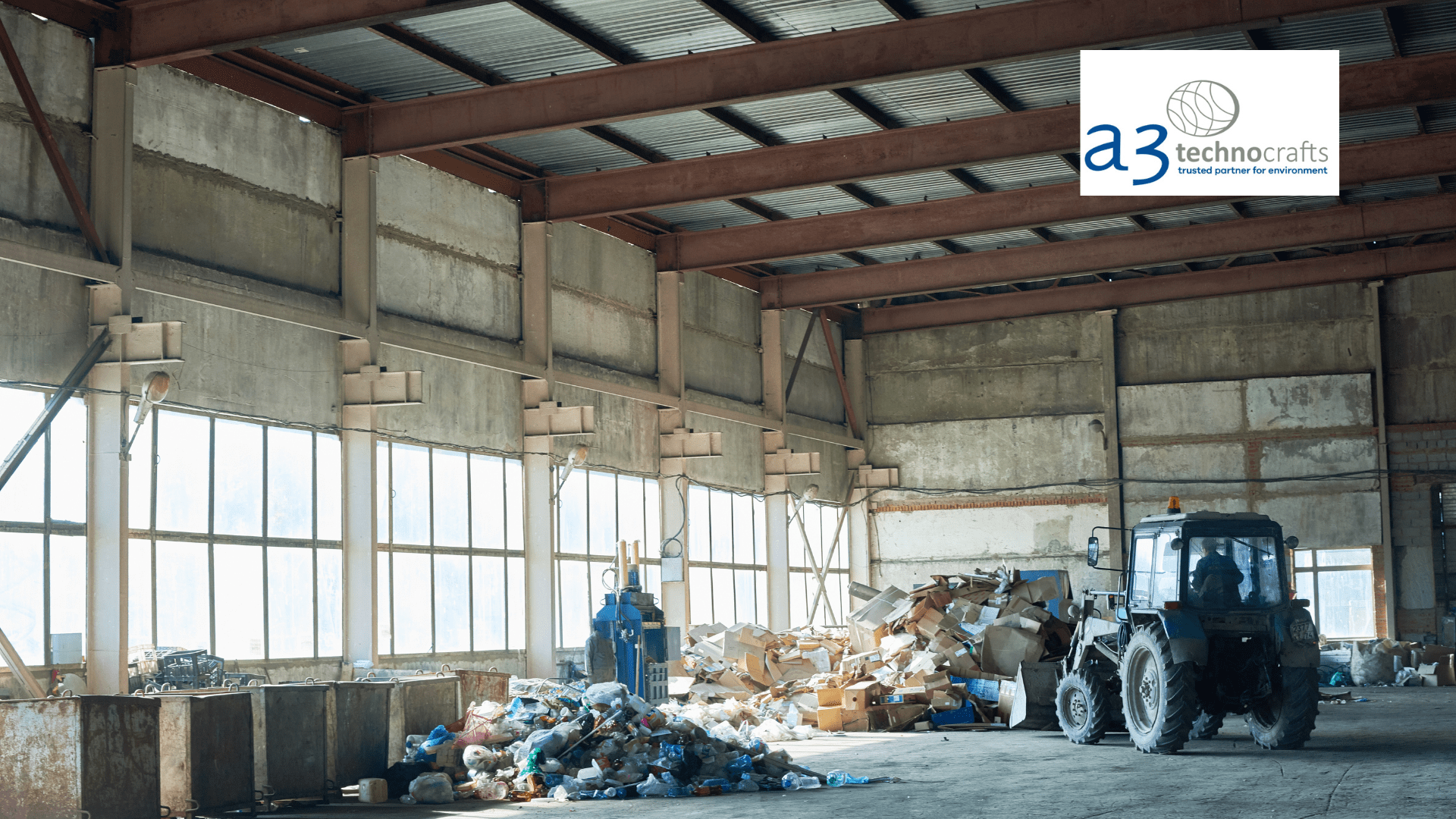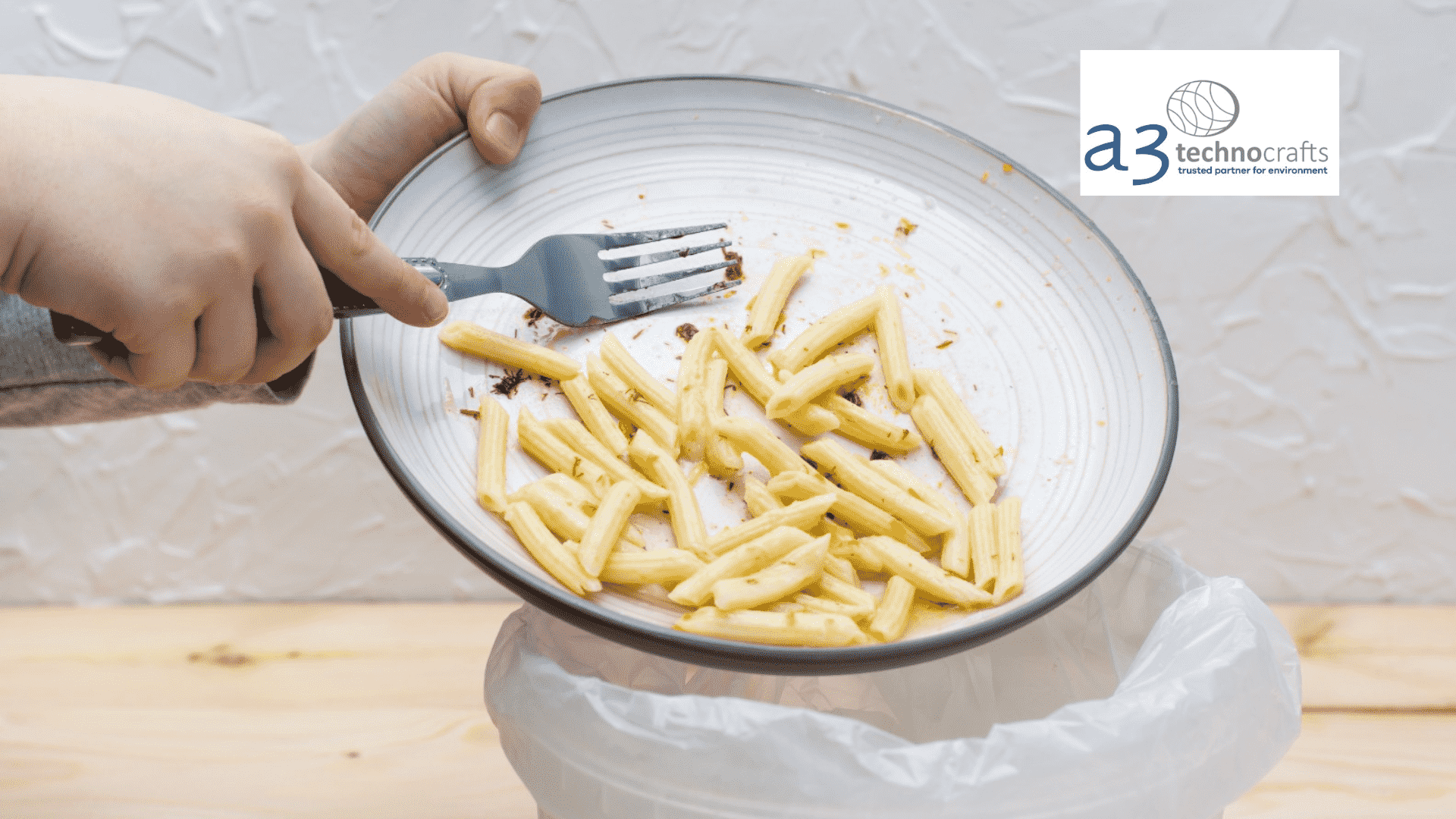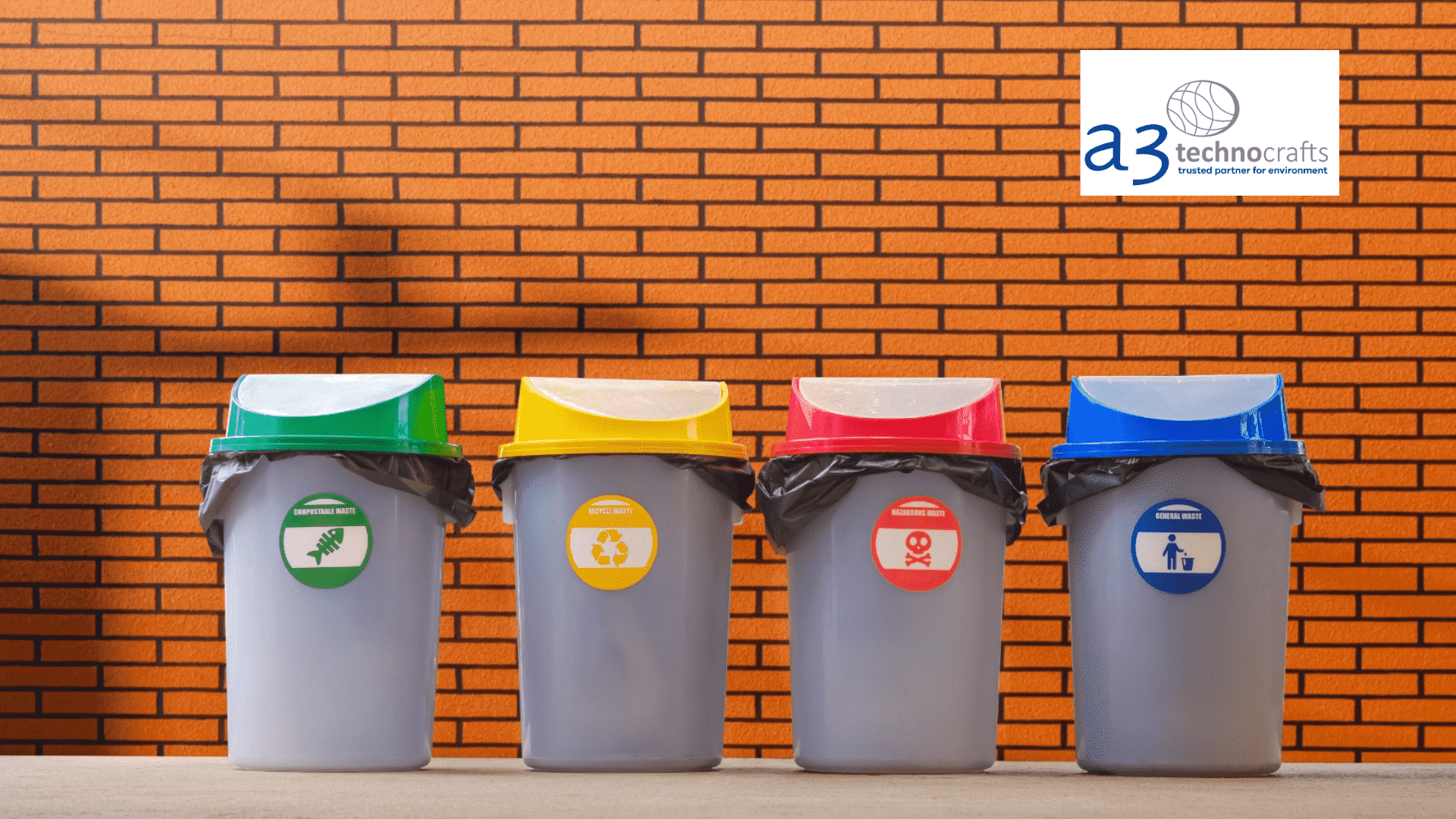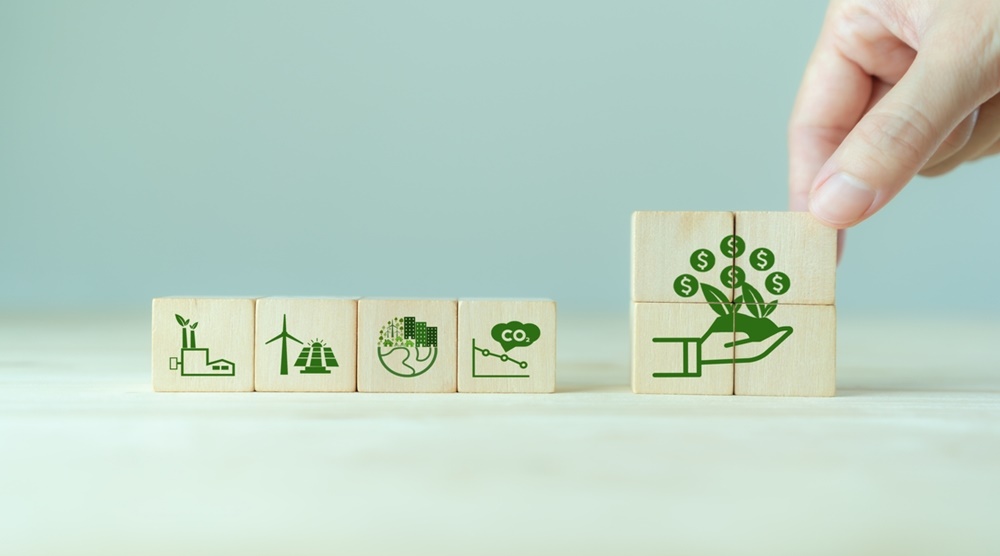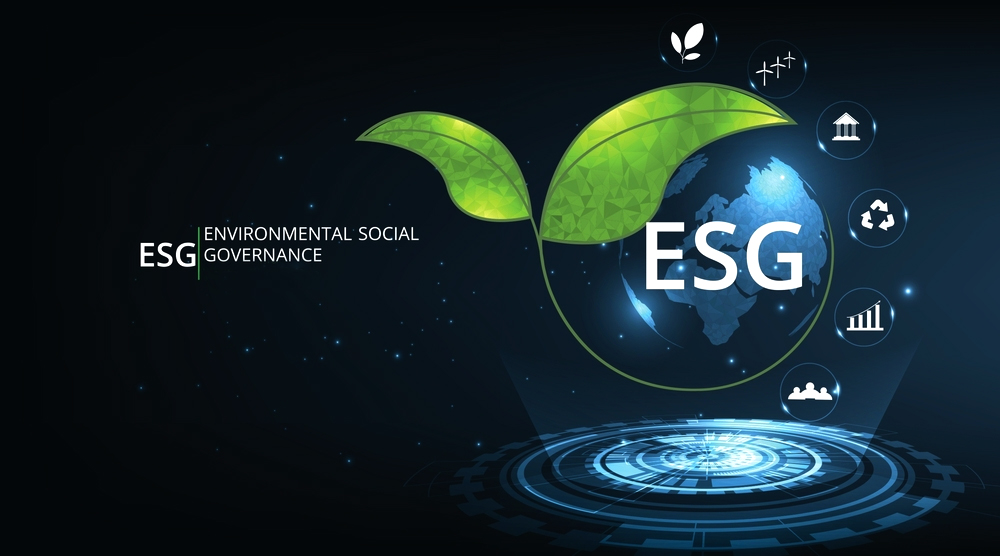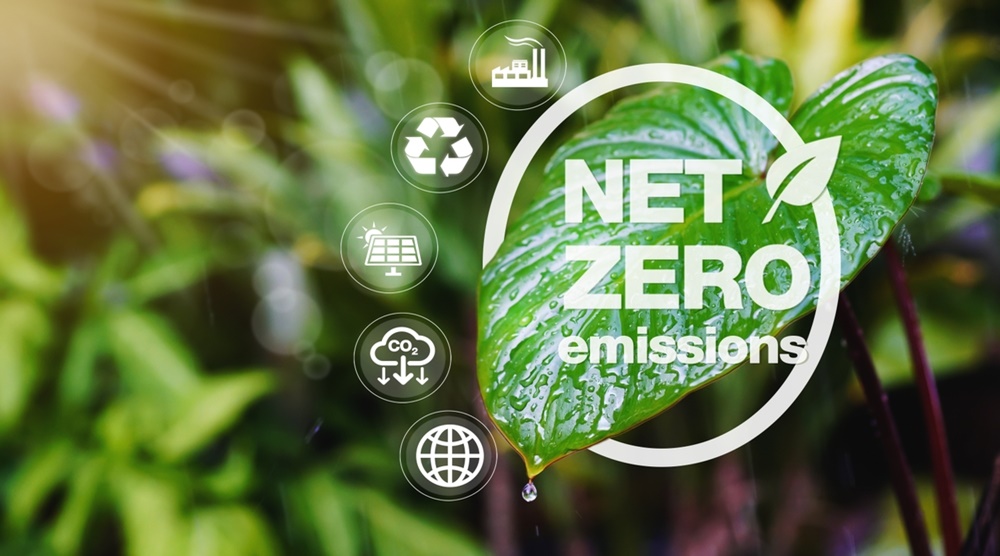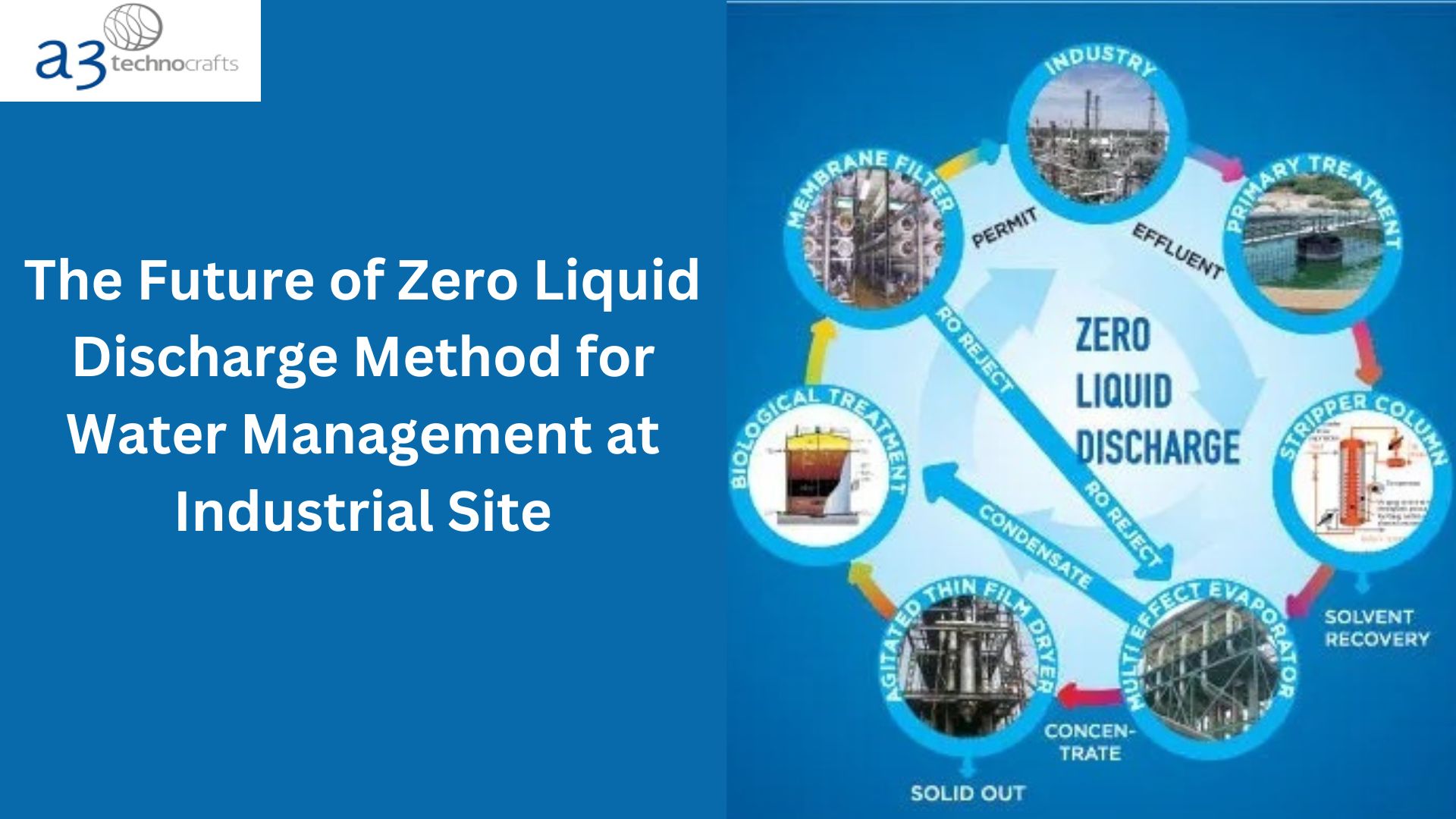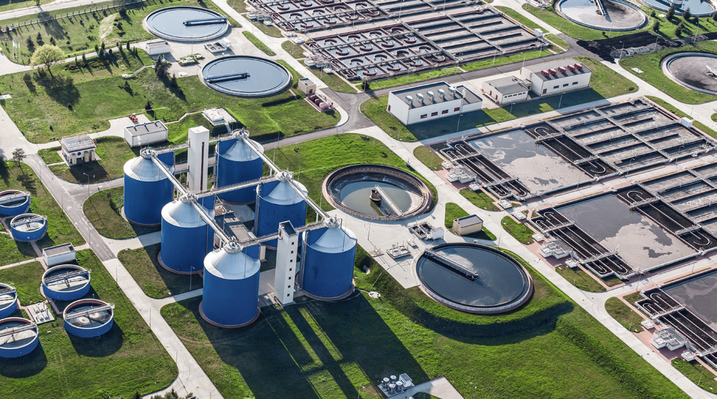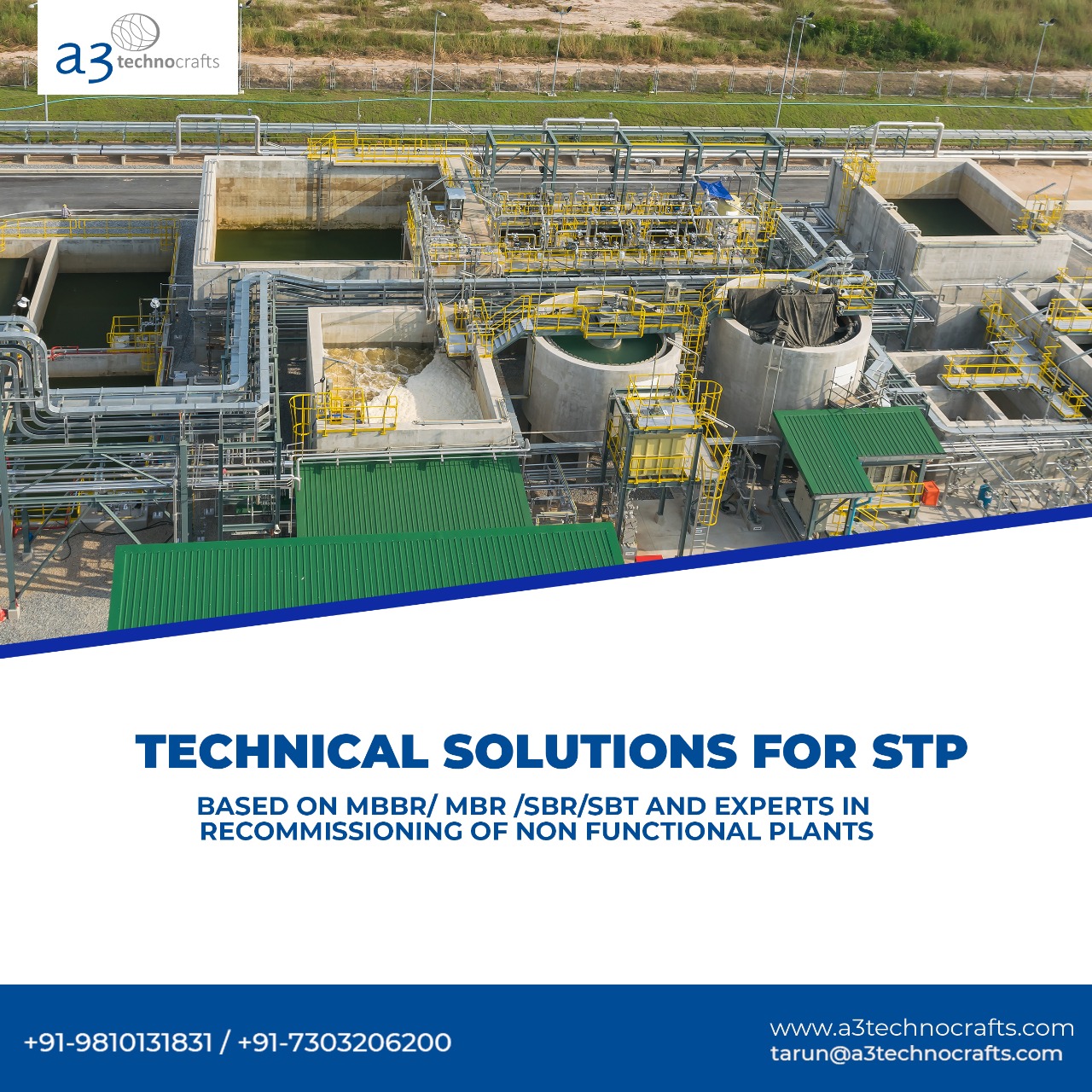In addition to its commendable efforts in revolutionizing food waste recycling, A3 Technocrafts also excels in addressing the pressing issue of plastic waste through its Plastic Recycling Service. Plastic recycling is crucial to mitigating the environmental impact of plastic waste and A3 Technocrafts’ innovative solutions contribute significantly to managing plastic waste efficiently. In this blog, we will explore the types of plastic recycling, the benefits it offers, and the industries that benefit from plastic recycling and how A3 Technocrafts plays a pivotal role in this domain.
Types of Plastic Recycling:
1. Mechanical Recycling:
Mechanical recycling involves collecting, sorting, cleaning and processing plastic waste into new products. The collected plastic is shredded into small pieces, melted and then formed into pellets, which can be used as raw materials for manufacturing various plastic products.
2. Chemical Recycling:
Chemical recycling, also known as feedstock recycling or depolymerization, is a more advanced method that breaks down plastic waste into its chemical constituents. These chemical components can then be used to produce new plastic or other valuable materials.
3. Energy Recovery:
In cases where plastic recycling is not feasible due to contamination or technical limitations, plastic waste can be used as a source of energy through processes like incineration, converting it into electricity or heat.
After knowing about the types of Plastic Recycling, let’s hop onto benefits it offers,
Benefits of Plastic Recycling
1. Environmental Impact:
Plastic recycling significantly reduces the amount of plastic waste that ends up in landfills or oceans, thereby preventing environmental pollution and harm to wildlife. It also conserves natural resources, as recycled plastic can replace virgin materials in manufacturing.
2. Energy Conservation:
Recycling plastic requires less energy compared to producing new plastic from raw materials, leading to reduced greenhouse gas emissions and a smaller carbon footprint.
3. Economic Opportunities:
The plastic recycling industry creates job opportunities and economic benefits, contributing to the growth of a circular economy.
Industries Using Recycled Plastic:
A lot of industries use recycled plastic as their raw material but these ew are the major users of recycled plastics:
1. Packaging Industry:
Recycled plastic is commonly used in packaging materials, such as bottles, containers and bags, reducing the demand for new plastic and promoting sustainability in the packaging sector.
2. Construction Industry:
Incorporating recycled plastic into construction materials like pipes, fittings and decking helps decrease the use of traditional materials and fosters eco-friendly building practices.
3. Textile Industry:
Recycled plastic can be transformed into polyester fibres used in clothing, reducing the reliance on non-renewable resources like petroleum.
Where does A3 Technocrafts stand in Plastic Recycling?
A3 Technocrafts plays a crucial role in Plastic Waste Management with our Plastic Recycling Service. We offer cutting-edge technology and innovative solutions to tackle the challenges of plastic waste disposal. Through our expert team and state-of-the-art machinery, we at A3 Technocrafts ensure that plastic waste is efficiently collected, sorted and processed for recycling.
Our mechanical recycling process transforms plastic waste into high-quality recycled pellets, which are then supplied to various industries for the production of a wide range of plastic products. A3 Technocrafts’ commitment to sustainability and environmental responsibility is evident in its efforts to promote the use of recycled plastic and reduce the environmental impact of plastic waste.
In conclusion, plastic recycling is a critical component of sustainable waste management and A3 Technocrafts’ Plastic Recycling Service is a commendable effort in addressing this global challenge. By providing innovative solutions and promoting the use of recycled plastic in various industries, A3 Technocrafts is contributing to a cleaner environment and a more sustainable future. Through our expertise and dedication, we are making significant strides in the field of plastic recycling and misplaced resource management.
Follow Us:
